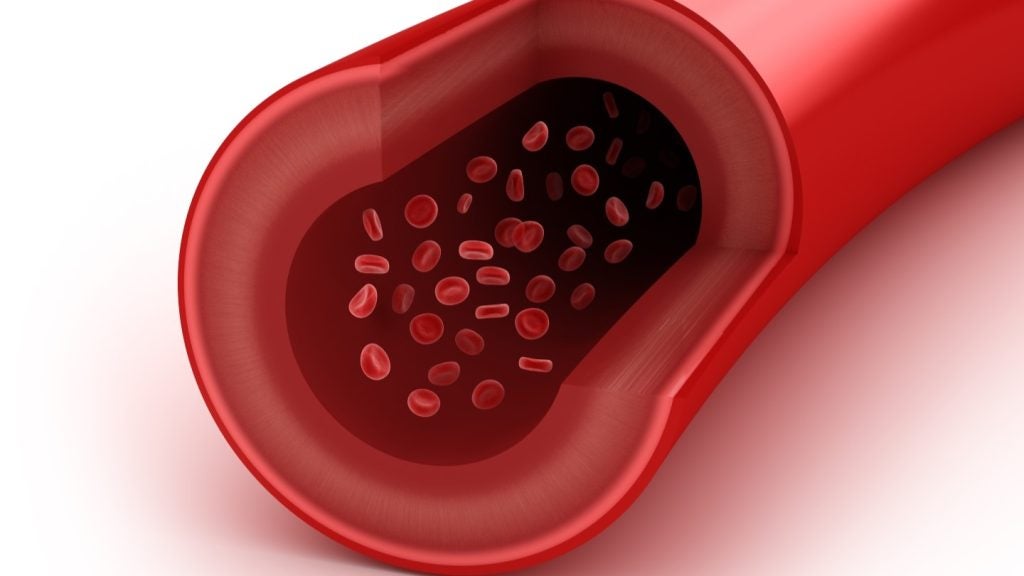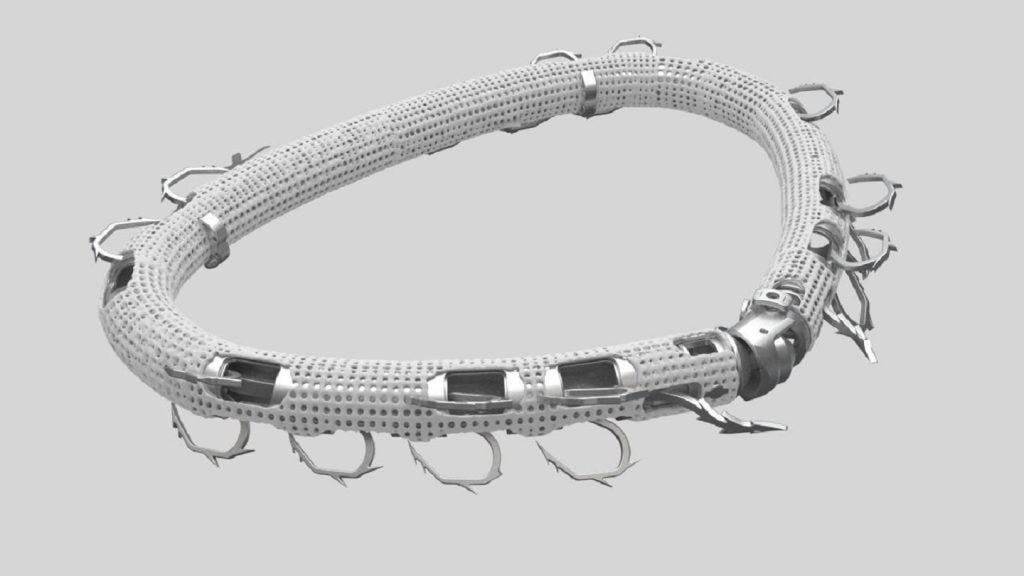Medical device technology such as embedded medical systems consist of hardware and software customised for specific functions in medical devices. These technologies allow patients’ health to be monitored and managed frequently each day. For example, sensors extract data on aspects of a patient’s health, such as their heart rate, and send the data to physicians wirelessly for analysis.
Examples of applications of embedded systems in the medical field include imaging systems such as magnetic resonance imaging (MRI) and computed tomography (CT), defibrillators, blood pressure monitoring devices, digital flow sensors, foetal heart monitoring machines, and wearable devices.
Finding embedded technology suppliers for medical devices
Medical Device Network has listed leading embedded technology suppliers, based on its intel, insights, and experience in the sector. The list features specialists in customised embedded boards and industrial platforms, semiconductor solutions for medical applications, printed circuit boards for the medical market, and other solutions.
The information in the document is aimed at medical device executives, medical device manufacturers, distributors, electrical engineers, firmware engineers, software engineers, system architects, test technicians, test operators, research and development engineers, research scientists, sales managers, and other individuals involved in medical embedded technology operations.
The download contains detailed information on the services providers and their products, as well as contact details, to inform your purchasing decision.
See Also:
Medical grade embedded technologies
Embedded systems generally incorporate an operating system and a processor to allow them to react in real-time with limited resources, especially in highly critical situations.
These systems include microprocessors, digital signal processors (DSP) or converter microcontrollers, memory for data storage, sensors, actuators, and other interfaces.
Medical grade embedded technologies are constantly being updated to reduce their size, increase their processing power, and incorporate programmed automatic technologies to provide improved treatments and medications for patients.
Embeddinged medical systems with the Internet of Things (IoT)
Medical systems with embedded Internet of Things (IoT) capabilities can help address shortages of doctors in remote locations. These systems’ operating system interfaces and high-speed processors can expedite diagnosis and treatment times for patients.
Embedded IoT medical devices can be connected to various hardware items and store patients’ data on the cloud to be analysed and used by clinicians, whenever necessary.






